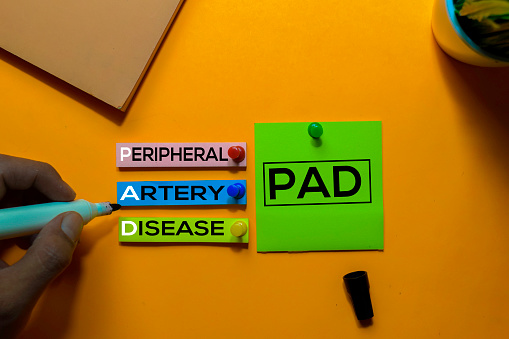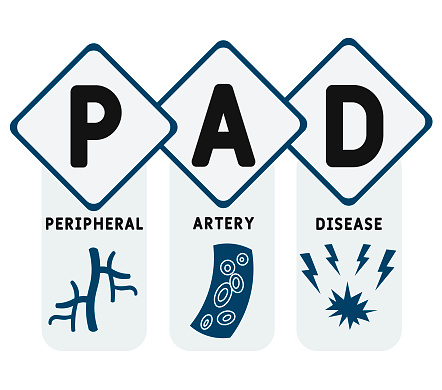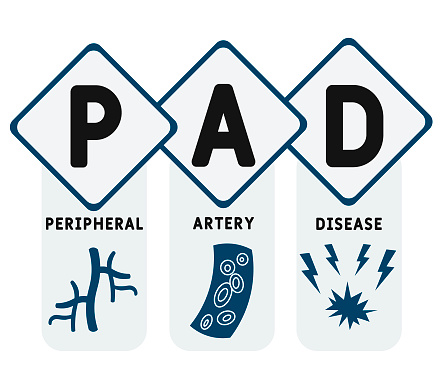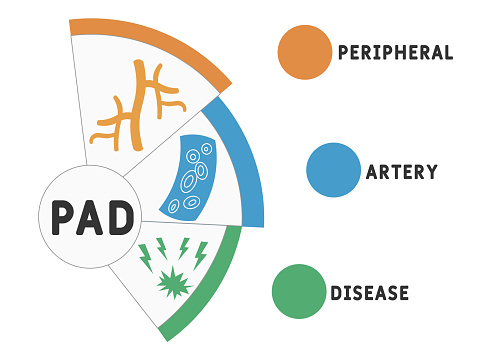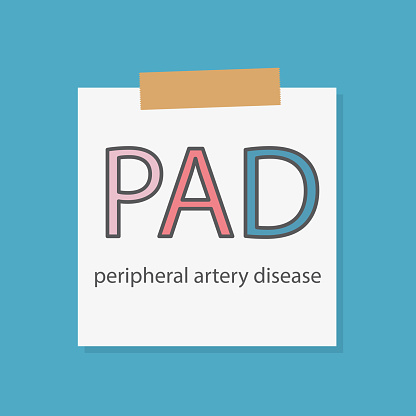The findings of a study underline the importance of walking as an outcome measure for assessing the functional status of peripheral artery disease (PAD) patients following interventions. The results were published in the Journal of Clinical Medicine.
To conduct this study, the researchers assessed treadmill performance (pain-free (PFWD) and maximal (MWD)), and 6-min walking distance (6MWD) before, and after supervised exercise training (SET). They used the Medical Outcomes Study Short-Form 36 (SF-36) to evaluate self-perceived health-related quality of life (HRQoL). Overall, 147 patients were included in the analysis.
According to the results, following SET, PFWD, MWD, and 6MWD markedly increased, with all eight SF-36 subscale scores significantly improving following the training. Moreover, the researchers observed that SET significantly improved physical and mental component summaries of the SF-36 (p ≤ 0.001). Larger increases in 6MWD were associated with greater improvements in physical (β=0.19; p=0.02), and mental (β=0.24; p=0.005) component summaries of the SF-36. The researchers observed no significant relationship between changes in treadmill performance and changes in physical and mental component summaries of the SF-36.
“These results show that improvements in 6MWD following SET are related to improvements in general self-perceived HRQoL in patients with symptomatic lower extremity PAD. On the contrary, changes in treadmill performance were not related to improvements in HRQoL,” the researchers wrote in conclusion. “These results suggest that the 6 min walking test is an essential outcome measure to assess overall patient functional status following interventions in patients with PAD.”
Link: https://pubmed.ncbi.nlm.nih.gov/34362113/
Keywords: exercise therapy, intermittent claudication, vascular rehabilitation, walking performance


